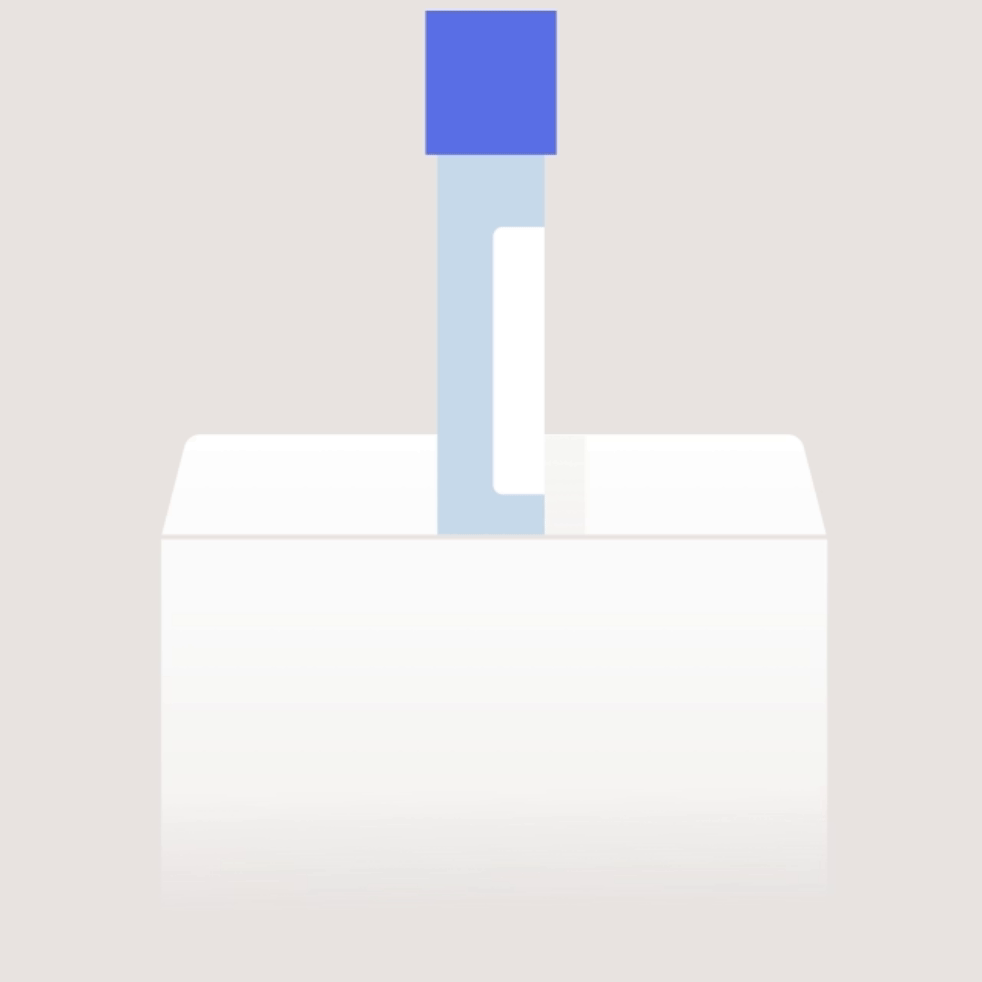Collection Method
CI05.34.01
Kit Requirements
Stool Test Kit
Turn Around Time
7 Business Days Turnaround times are estimates
Description
The faecal mineral and metal analysis reflects the dietary mineral and metal intake. Minerals and potentially toxic metals may be found in the items we consume such as food, beverages, medications and nutritional supplements. Whatever metals are not absorbed are excreted via various pathways, including the hepato-intestinal system, and for certain elements such as antimony and uranium, biliary excretion into faeces is the primary route of natural excretion from the body.
Certain foods such as fish from polluted water may be high in arsenic or mercury, and consumption naturally increases the faecal metal content. Most algae sources including spirulina used in healthy diets contain various amounts of potentially toxic metals and through faecal testing we evaluate metal excretion.
The absorption of metals like nickel, cadmium or lead may be low but can increase significantly in the absence of specific minerals usually found in the diet. Divalent cations in metals may compete for divalent cation minerals as in lead and calcium, or cadmium and zinc.
Stool metal testing can assist in determining the efficacy of oral chelation. By comparing the metal concentration of an unprovoked sample, i.e. stool sample 1 (sampled before the oral chelator is administered) with the metals found in stool sample 2 (the sample taken after oral chelation) we can correlate how biliary excretion was affected.
Analytes
-
Minerals
- As
- Be
- Bi
- Cd
- Cr
- Cu
- Ga
- Hg
- Ni
- Pb
- Pd
- Pt
- Sb
- Ti
- Tl
- U
- W
- Zn
Test Method
ICP-MS (Inductively coupled plasma mass spectrometry)
Notice To Patients
NutriPATH practices in the usual practitioner-referral system for pathology laboratories. Patients are highly recommended to seek the supervision and guidance of a qualified healthcare practitioner for the interpretation of any lab results and associated information. NutriPATH can offer assistance in locating a suitable practitioner.
How it works
Step 1
Order test
Your referring practitioner will place this order via their online portal.

Step 2
Collect Samples
A test kit will be dispatched to you and you can conveniently collect your sample in the comfort of your home.

Step 3
Return Samples
Return samples for analysis via the provided courier packaging.

Patient resources
Our highly skilled and qualified team have created a service where patients can easily gain access to a wide range of pathology testing options.
Practitioner resources
As a leader in the industry, practitioners are able to trust in our ability to provide them with the technology they need to adequately test their clients and patients.









